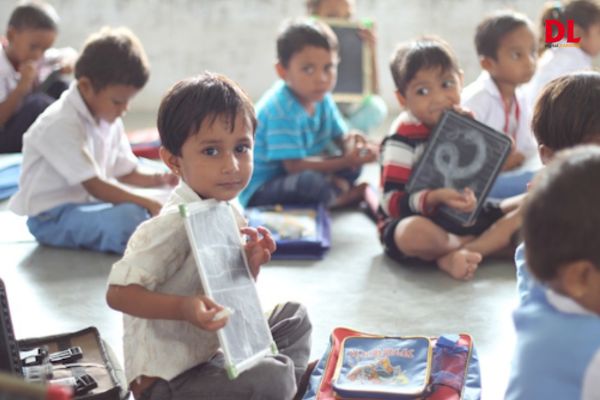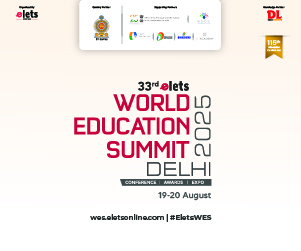
Indian education is at a crucial juncture, with data indicating that 35% of Indian schools have fewer than 50 students. A recent report on an extensive analysis of government studies provides valuable insights into the current landscape of education in the country. It also highlights that only 37% of schools have an enrollment exceeding 101 students.
The study reviewed multiple government reports from the past decade, including data from the Unified District Information System for Education Plus (UDISE+), National Sample Survey Office (NSSO), and Household Social Consumption on Education in India.
Titled ‘Demand for Grants 2025-26 – Education,’ the PRS analysis referenced NSSO 2017-18 data, revealing that the cost of primary education in a private unaided school was 12 times that of a government school during that period. Additionally, the report states that only 7% of schools in India have more than 500 students, while 12% have fewer than 20 students.
The report also examines enrollment patterns, noting that while the Gross Enrolment Ratio at the primary level stands at 93%, it declines to 56% in higher secondary education (grades 11-12). As of 2022-23, 16% of teaching positions for grades 1-8 remained vacant, with certain states facing more significant shortages—Jharkhand at 40%, Bihar at 32%, Mizoram at 30%, and Tripura at 26%.
For the 2025-26 financial year, 52% of the Department of School Education and Literacy’s allocation is directed towards the Samagra Shiksha Abhiyaan, underscoring the government’s commitment to strengthening school education. However, in 2024-25, spending on key initiatives such as PM-POSHAN, PM-SHRI, and STARS is projected to be lower than initially budgeted.
Also Read: NIT Rourkela Develops Clean Energy Innovation to improve Solar Energy Harvesting
With the rapid advancement of artificial intelligence and automation across industries, investing in both early education and higher learning has become more essential than ever. Strengthening the education system will play a pivotal role in equipping students with the skills needed for a dynamic and technology-driven future.
























